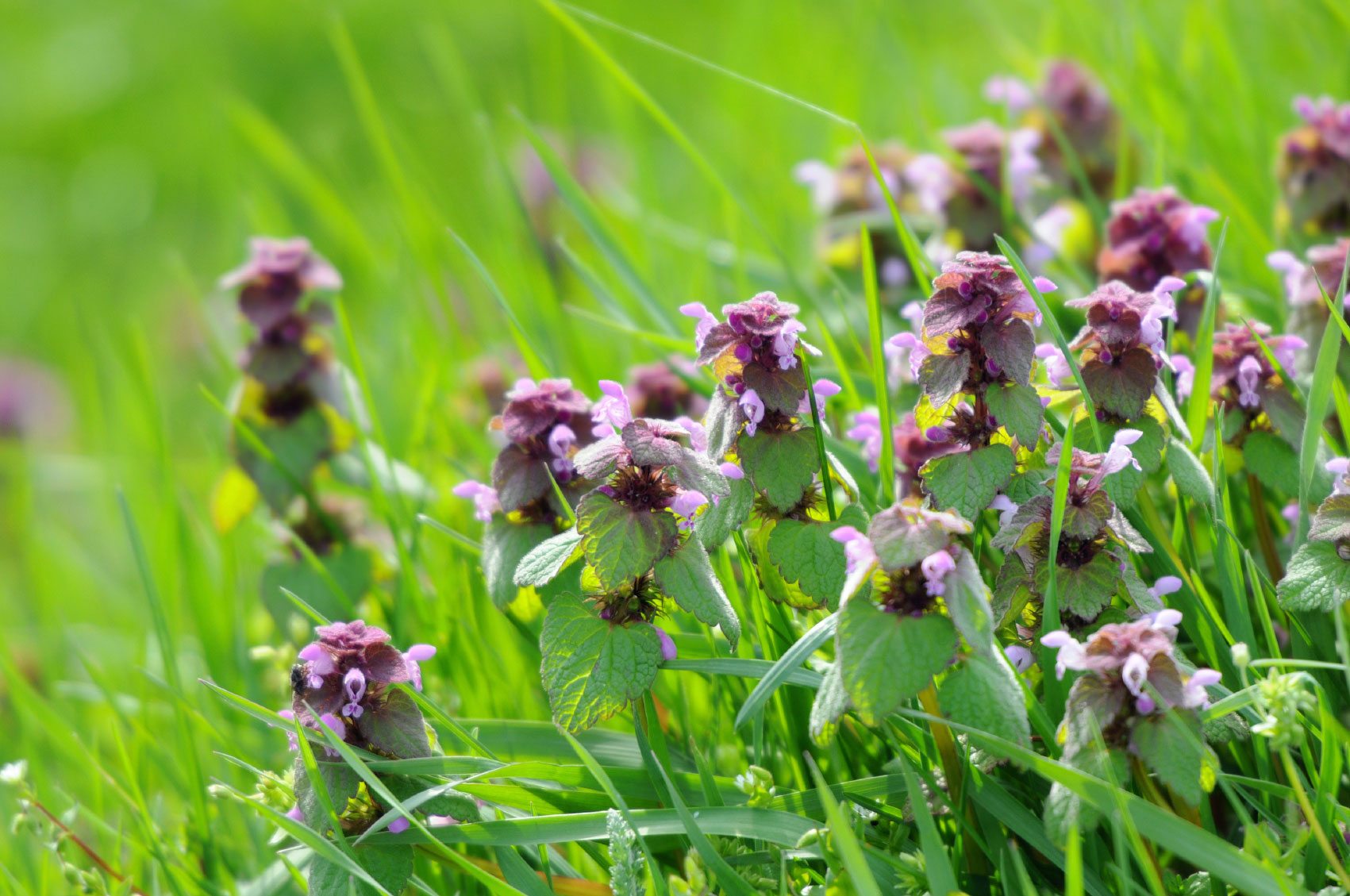Killing annual weeds in winter wheat may not be good financial decision

COLUMBIA, Mo. — Killing common annual weeds in winter wheat may not be a good financial decision, especially when input costs are high, says University of Missouri Extension weed scientist Kevin Bradley.
Winter wheat is one of the most competitive crops planted, Bradley says. He offers these guidelines based on research from MU and other reputable sources.
Common chickweed
Yields drop when weed densities are at least 30 plants per square meter and higher. MU research found that wheat yields dropped 28 percent with common chickweed densities of 169 plants per square meter.
Cheat/downy brome
In a press release, Bradley stated, “Herbicide applications are almost always warranted in fields with cheat and downy brome infestations. This is especially true when these grasses emerge at or within the first few weeks after wheat planting.”
In 1997, Oklahoma researchers Koscelny and Peeper observed a 49 percent reduction in yields when cheat infestations were 86 plants per square meter. Blackshaw (1993) reported wheat yield reductions greater than 60 percent in fields with 200 downy brome plants per square meter.
Italian ryegrass
Herbicide application is usually warranted for Italian ryegrass, a very competitive weed. Ryegrass tends to develop resistance to herbicides and robs wheat of nutrients such as nitrogen and potassium. Many studies show that Italian ryegrass in wheat lowers yields.
Liebl and Worsham (2017) showed that wheat grain yields dropped an average of 4.2 percent for every 10 Italian ryegrass plants per square meter.
Henbit/purple deadnettle
Purple deadnettle is one of the most easily recognizable weeds. It’s often visible from roads as it covers spring fields with color. Most of these annual weeds are flowering or past flowering and starting to die back on their own. Henbit does not compete as much with wheat as some other winter annuals. However, it can cause yield reductions in high densities. Bradley puts purple deadnettle in the same category.
“Research we conducted in several locations in Missouri years ago showed that season-long competition from henbit at densities of 18 plants per square meter did not cause any wheat yield loss at all,” says Bradley. “However, densities of 82 plants per square meter reduced yields by 13%. The stage of growth that these species are in at the time you wish to treat is critically important.”
Herbicide applications might prevent seed production, but these weeds are not going to be competitive enough to make it an economically justifiable treatment, Bradley says.
Miss Clipping Out Stories to Save for Later?
Click the Purchase Story button below to order a print of this story. We will print it for you on matte photo paper to keep forever.

